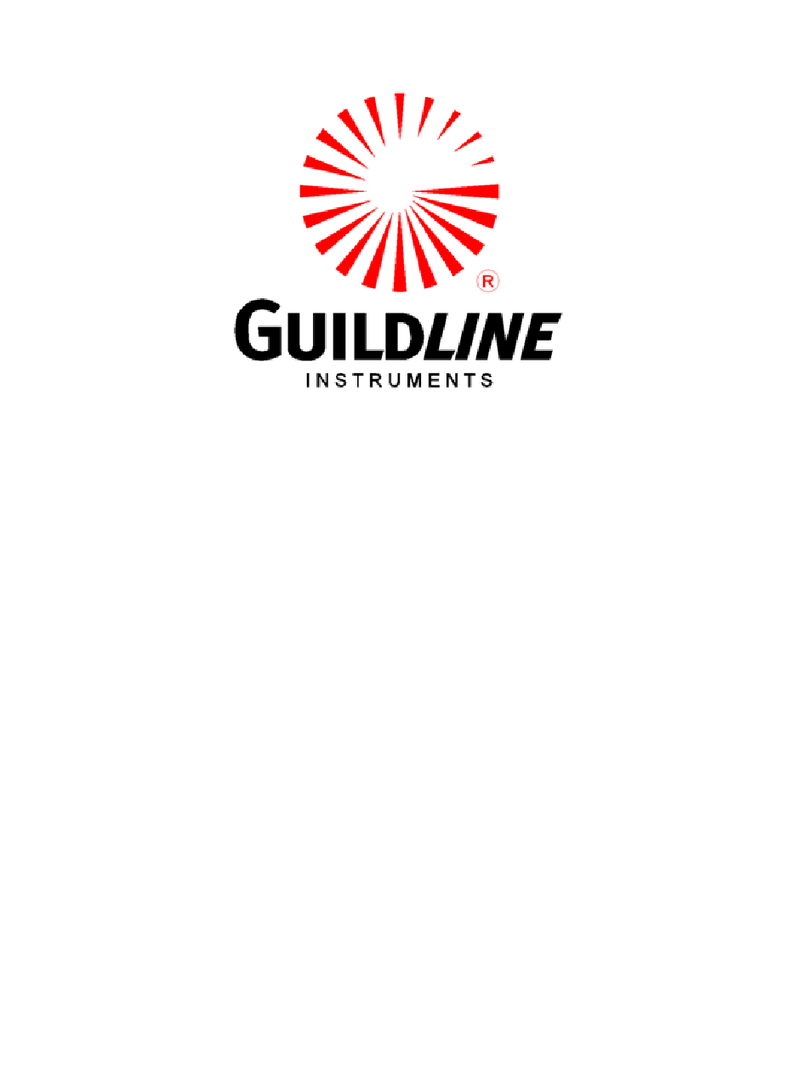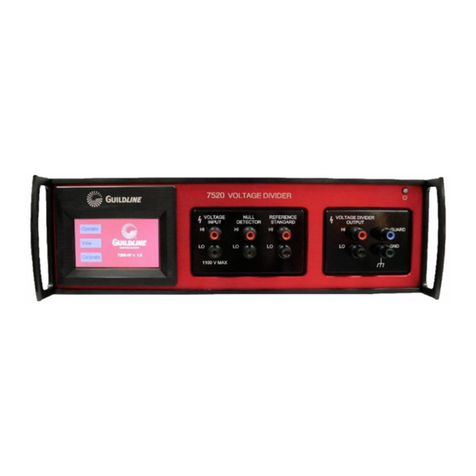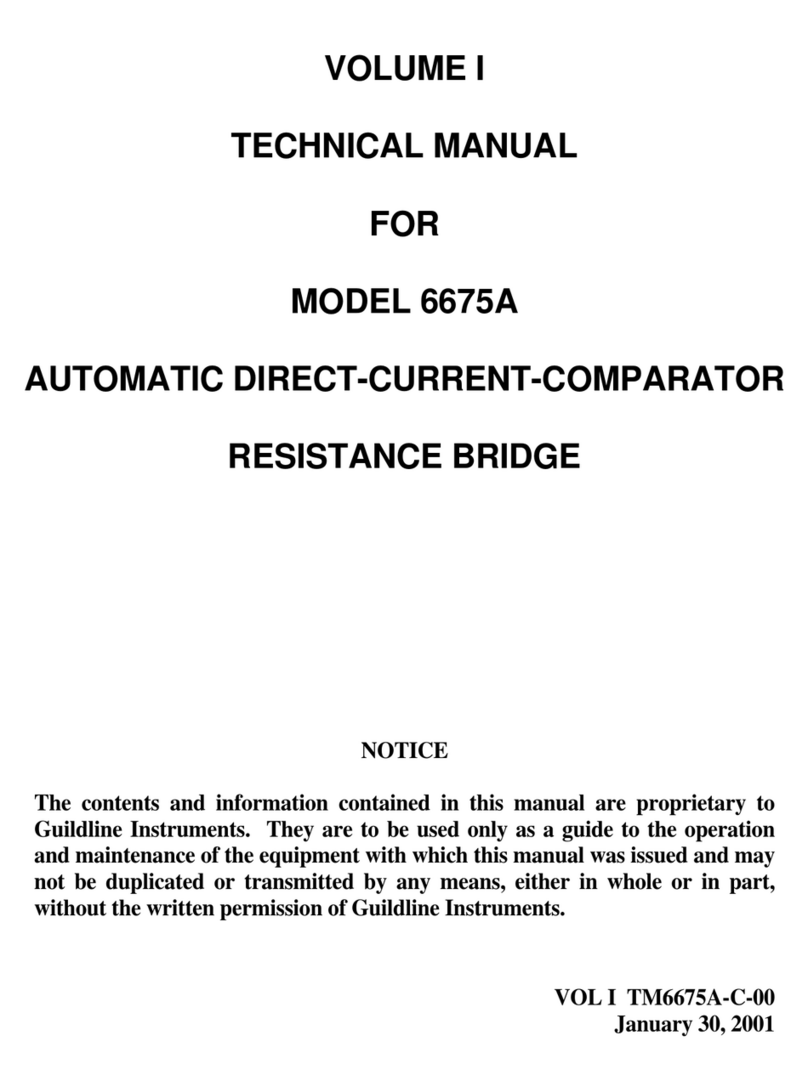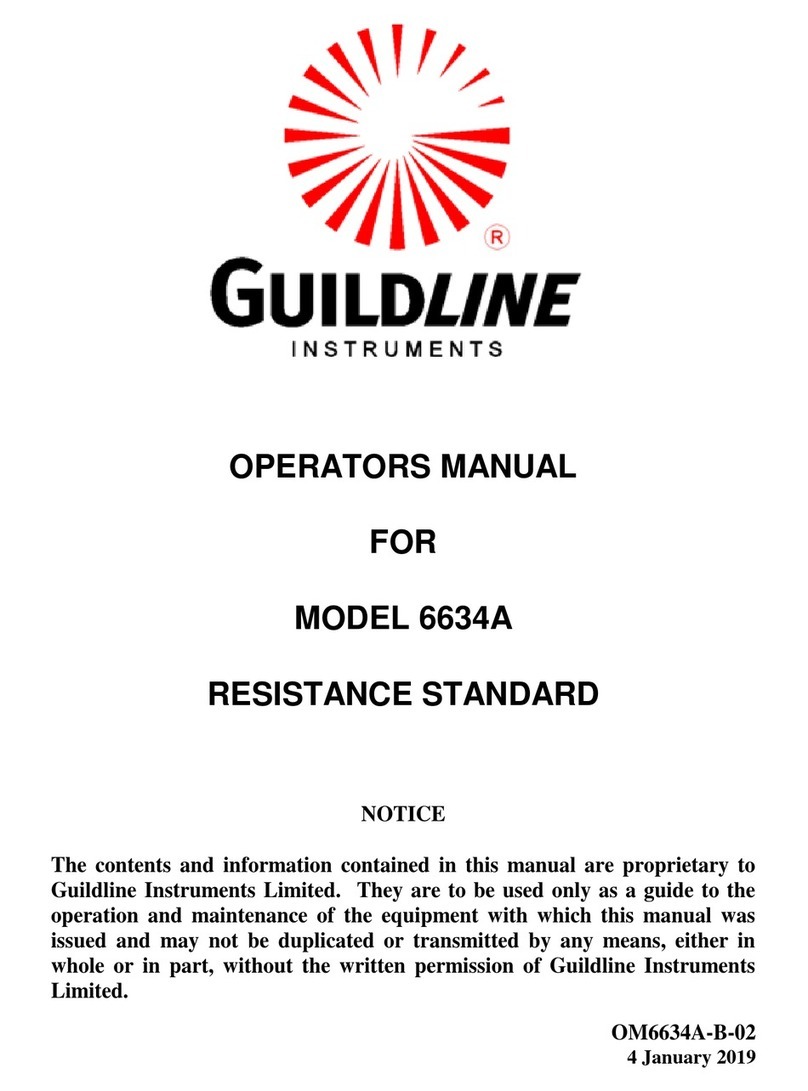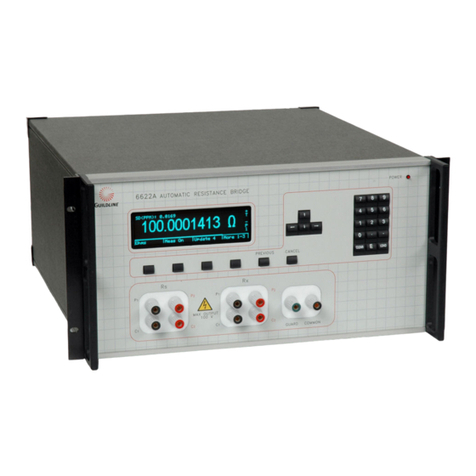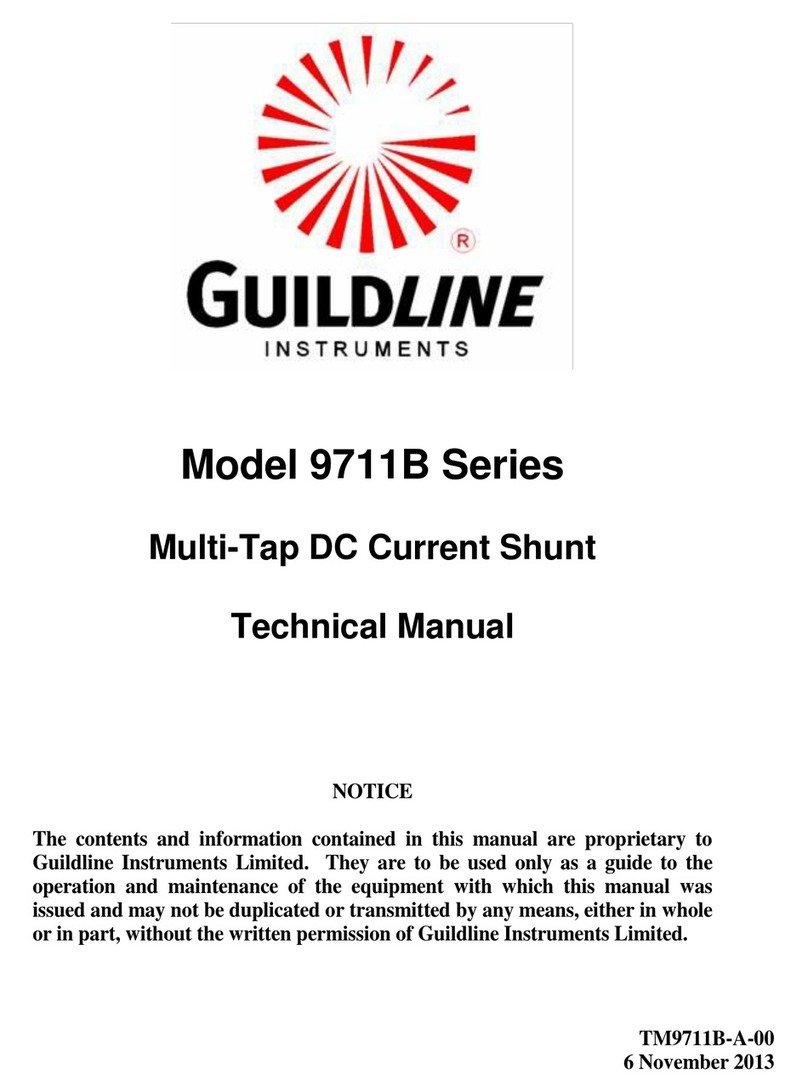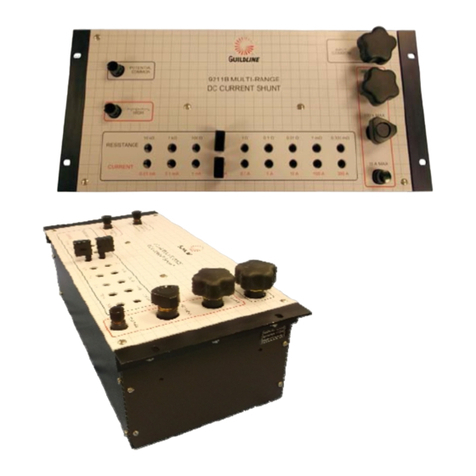5.6.10. *SRE <u> - SERVICE REQUEST ENABLE COMMAND.......................................................5-19
5.6.11. *SRE? - SERVICE REQUEST ENABLE QUERY ....................................................................5-19
5.6.12. *STB? - STATUS BYTE QUERY..............................................................................................5-19
5.6.13. *TST? - QUERY RESULTS OF SELF TEST.............................................................................5-20
5.6.14. *WAI - WAIT-TO- CONTINUE COMMAND ..........................................................................5-21
5.6.15. SYSTem:ATMospheric:PRESsure? –DISPLAY ATMOSPHERIC PRESSURE......................5-21
5.6.16. SYSTem:CHECk:SUM? –DISPLAY CHECKSUMS................................................................5-21
5.6.17. SYSTem:COMMunications:GPIB –UPDATE GPIB CONFIG .................................................5-21
5.6.18. SYSTem:COMMunications:GPIB?.............................................................................................5-21
5.6.19. SYSTem:COMMunications:SERial ............................................................................................5-21
5.6.20. SYSTem:COMMunications:SERial?...........................................................................................5-22
5.6.21. SYSTem:DATE –UPDATE SYSTEM DATE ...........................................................................5-22
5.6.22. SYSTem:DATE? –DISPLAY SYSTEM DATE ........................................................................5-22
5.6.23. SYSTem:HUMidity? –DISPLAY HUMIDITY..........................................................................5-22
5.6.24. SYSTem:KEY? –DISPLAY LAST KEY STROKE...................................................................5-22
5.6.25. SYSTem:MODE –SET SYSTEM MODE..................................................................................5-22
5.6.26. SYSTem:MODE? –DISPLAY SYSTEM MODE......................................................................5-22
5.6.27. SYSTem: SERial:NUMBer –SET SYSTEM SERIAL NUMBER.............................................5-22
5.6.28. SYSTem:SERial:NUMBer? –DISPLAY SYSTEM SERIAL NUMBER ..................................5-23
5.6.29. SYSTem:STATe - UPDATE SYSTEM STATE........................................................................5-23
5.6.30. SYSTem:STATe? –DISPLAY SYSTEM STATE......................................................................5-23
5.6.31. SYSTem:TEMPerature? –DISPLAY TEMPERATURE............................................................5-23
5.6.32. SYSTem:TERSe –SET SYSTEM TO TERSE...........................................................................5-24
5.6.33. SYSTem:TIME –SET SYSTEM TIME......................................................................................5-24
5.6.34. SYSTem:TIME? –DISPLAY SYSTEM TIME..........................................................................5-24
5.6.35. SYSTem:VERSion? –DISPLAY SYSTEM VERSION.............................................................5-24
5.6.36. SYSTem:VERBose –SET SYSTEM TO VERBOSE.................................................................5-24
5.6.37. CALibration:CAPacitor –UPDATE COEFFICIENT .................................................................5-24
5.6.38. CALibration:CAPacitor? –DISPLAY COEFFICIENTS............................................................5-24
5.6.39. CALibration:DATE –UPDATE LAST CALIBRATION DATE ...............................................5-24
5.6.40. CALibration:DATE? –DISPLAY LAST CALIBRATION DATE.............................................5-25
5.6.41. CALibration:OUTPut:VOLTage –UPDATE COEFFICIENTS.................................................5-25
5.6.42. CALibration:OUTPut:VOLTage? –DISPLAY COEFFICIENTS ..............................................5-25
5.6.43. CALibration:PARameters:PROTection.......................................................................................5-25
5.6.44. CALibration:PARameters:PROTection?.....................................................................................5-25
5.6.45. CALibration:PARameters:RESistor ............................................................................................5-26
5.6.46. CALibration:PARameters:RESistor?...........................................................................................5-26
5.6.47. CALibration:PROTection:RESistor.............................................................................................5-26
5.6.48. CALibration:PROTection:RESistor?...........................................................................................5-27
5.6.49. CALibration:REFerence:RESistor...............................................................................................5-27
5.6.50. CALibration:REFerence:RESistor?.............................................................................................5-27
5.6.51. CALibration:SERial:NUMBer.....................................................................................................5-27
5.6.52. CALibration:SERial:NUMBer?...................................................................................................5-27
5.6.53. CALibration:SPEC:CLEar...........................................................................................................5-27
5.6.54. CALibration:SPEC?.....................................................................................................................5-27
5.6.55. CALibration:SYSTem:COEFficient............................................................................................5-27
5.6.56. CALibration:SYSTem:COEFficient? ..........................................................................................5-28
5.6.57. CALibration:SYSTem:PARameters ............................................................................................5-28
5.6.58. CALibration:SYSTem:PARameters?...........................................................................................5-28
5.6.59. CALibration:SYSTem:REV ........................................................................................................5-28
5.6.60. CALibration:SYSTem:REV?.......................................................................................................5-28
5.6.61. CALibration:THReshold:VOLTage ............................................................................................5-28
5.6.62. CALibration:THReshold:VOLTage?...........................................................................................5-28
5.6.63. CONFigure:TEST:VOLTage.......................................................................................................5-28
5.6.64. MEASure –START/STOP MEASUREMENT...........................................................................5-29
5.6.65. MEASure?....................................................................................................................................5-29
